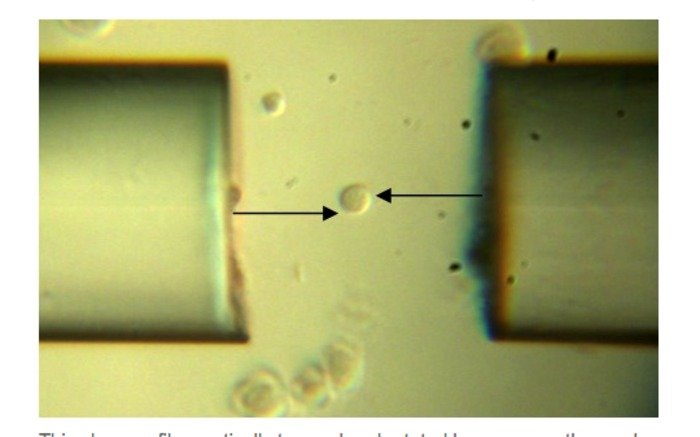ARLINGTON, Texas, Dec. 3 (UPI) -- The world's smallest wrench puts a new twist on laboratory manipulation by controlling single microscopic particles, U.S. researchers say.
Using laser light's ability to gently push and pull microscopic particles, researchers have created the fiber-optic equivalent of the world's smallest wrench which can precisely twist and turn the tiniest of particles, from living cells and DNA to microscopic motors and dynamos used in biological and physical research, the Optical Society of American reported Monday.















